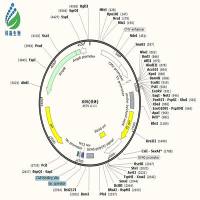Angiogenesis is the growth of new vessels from existing vessels. It is important in the physiological processes of wound healing, embryogenesis, and the female menstrual cycle and involved in pathologies such as diabetic retinopathy and rheumatoid arthritis (1 ). There is now abundant evidence that tumors are angiogenesis dependent. Unless tumors can stimulate angiogenesis, and generate their own blood supply, they fail to grow larger than 2-3 mm3 . The angiogenic status of a tumor can be assessed directly using immunohistochem istry on pathology sections (see Chapter 13 by Kilic and Erg�n in this volume and Chapter 7 by Ranieri and Gasparini and Chapter 8 by Turner and Harris in the companion volume) to count the number of blood vessels within a given area (microvessel density [MVD]). MVD is a prognostic indicator in a number of tumors including breast, bladder, and prostate (2 ). Angiogenic capacity can also be measured by assaying the various stimulatory and inhibitory factors that regulate angiogenesis. This can be done either by determining the mRNA level using ribonuclease protection (see Chapter 16 by Jones et al. in the companion volume) or the protein by either Western blotting (see Chapter 11 by Blancher and Jones in the companion volume) or with one of the commercially available enzyme-linked immunosorbent assay (ELISA) kits. Again, levels of these factors have been shown to be prognostic in a number of tumors.






